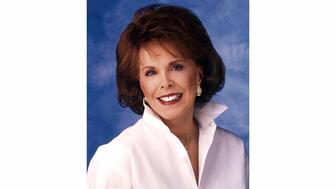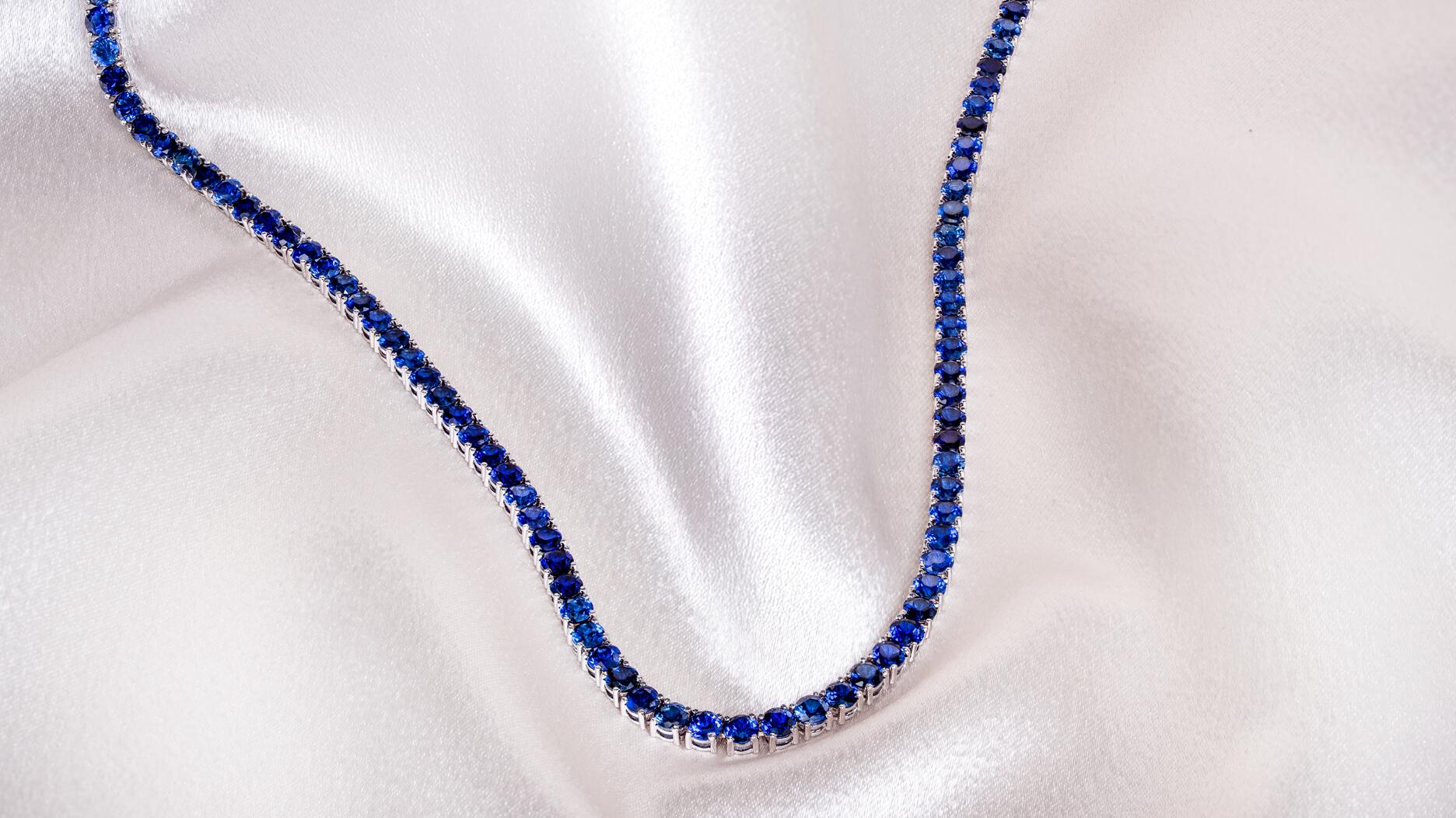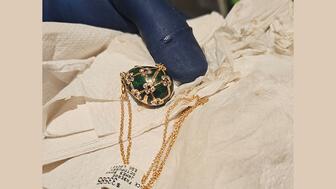The special-edition egg pendant ingested in a New Zealand jewelry store was recovered after a six-day wait.
3 stories to keep following in ‘15
I apologize for this blog being a little late. The exact halfway point of the year technically was about a month ago.

1) The diamond industry crisis. With this first one, I am not talking about over-graded diamonds (though that certainly still an issue; see below) but rather the giant morass the diamond industry finds itself in right now. Global demand is sluggish, the rough is overpriced and now it seems nobody is even making money off diamonds, even the mining companies.
De Beers’ earnings dropped by 25 percent in the first half of the year, dogged by a 21 percent decrease in rough diamond sales. Alrosa’s first half sales also fell 21 percent.
And the situation doesn’t appear to be improving.
News surfaced this week that De Beers is allowing sightholders to defer as much as 75 percent of their allocations at their upcoming sight in August and my colleague Rob Bates reported Thursday that Alrosa is considering canceling its August allocation altogether.
At the WJA gala Monday night, one industry colleague made a statement that sums up the current state of affairs in the diamond industry perfectly: It’s as if we are driving 90 miles per hour into a brick wall with our eyes wide open.
2) Diamond grading reports. Back in December, one of the attorneys involved in bringing cases against Genesis Diamonds in Nashville, Tenn., Brian Cummings, told me that a class-action lawsuit against EGL International and “major retailers” for selling over-graded diamonds would be filed in the next 60 days.
I haven’t heard any more about this alleged lawsuit since then (Cummings has not yet replied to my latest query on the topic) but that certainly doesn’t mean this issue is going away.
The Diamond Council of America’s Terry Chandler gave a presentation Monday at the JA New York Summer show that made an excellent point: Millennials don’t like being lied to; they expect honesty from the brands and companies from which they chose to buy. One whiff of dishonesty in the form of an over-graded diamond will send them packing, turning them off buying diamonds and jewelry and general. So, Chandler said, don’t do it.
Between
I recently had a Facebook conversation with one jeweler from the South who doesn’t seem to think so.
“I honestly believe that money cannot be made in diamonds anymore. Money has to be made where value can be added, and that means more jewelry, as opposed to diamonds,” he said, a point which bring me to my final issue to watch for the rest of the year …
3) Wearable technology. The Apple Watch hit stores in April, TAG Heuer’s answer is supposed to come in October or November, and there are any number of other products on the market that monitor heart rate, sleep or relay phone messages that are available in the form of jewelry.
[caption id="attachment_3255" align="alignleft" width="398"]

Wearable technology is a category to which retailers need to dedicate showcase space.
Sad as it may be, our smartphones and their functions are becoming a natural extension of our bodies. They keep us in touch with friends and family 24/7, let us shop and pay for things, and keep track of our health.
At the JA New York show, I had a chance to stop by the booths of the four wearable technology companies exhibiting at the show: Looksee Labs, Beacon & Lively, Oura and iFit (there were supposed to be five but one company, Viawear, did not make it).
Personally, I thought Philadelphia-based Beacon & Lively’s “The Beacon” cuff was the most jewelry store-ready of the four products I saw. It’s sleek, pairing well with other pieces, and simple. It’s easy to understand what The Beacon does and, therefore, easy for a jeweler to explain to their customer.
Like Ringly the ring, this bracelet lights up and/or vibrates when the wearer gets notifications about calls, texts, emails, etc. from certain people on their smartphone, all of which the wearer decides on and sets themselves.
You could, for example, set The Beacon to light up blue when you get a phone call from mom and red when your current beau sends a text, but not set any alerts for messages from that guy you were dating who lied about the fact that he still lives with this mother.
The idea behind the bracelet is to alert the wearer when something important is coming through on their smartphone; no buzzing or light show means nothing of note is happening, so there’s no need to pull out your phone every five minutes to check.
The Beacon is brass plated in silver, gold and black ruthenium, has a five-day battery life and will retail for $200 when it comes out, which Beacon & Lively hopes will be later this year.
Think Beacon & Lively is not for your store? That’s fine, but at least check out Looksee Labs, Oura and iFit, or jewelry from one of the many other companies now in wearable technology. It can’t hurt to at least consider something new, especially at a time when there are so many issues with those products you’ve depended on for so long.
The Latest

The “Love and Desire” campaign is inspired by the magic that follows when one’s heart leads the way, said the brand.

Two awardees will receive free tuition for an educational course at the Swiss lab, with flights and lodging included.

How Jewelers of America’s 20 Under 40 are leading to ensure a brighter future for the jewelry industry.
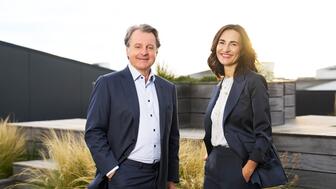
Berta de Pablos-Barbier will replace Alexander Lacik at the start of January, two months earlier than expected.


Sotheby’s held its first two jewelry sales at the Breuer building last week, and they totaled nearly $44 million.

Winners will receive free registration and lodging for its fourth annual event in Detroit.

Roseco’s 704-page catalog showcases new lab-grown diamonds, findings, tools & more—available in print or interactive digital editions.
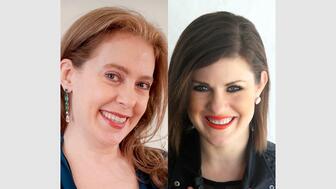
Here are six ideas for making more engaging content for Instagram Reels and TikTok, courtesy of Duvall O’Steen and Jen Cullen Williams.

The honorees include a notable jewelry brand, an industry veteran, and an independent retailer.
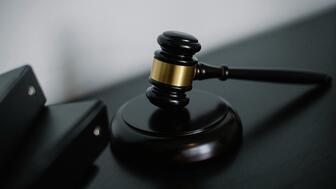
Carlos Jose Hernandez and Joshua Zuazo were sentenced to life without the possibility of parole in the 2024 murder of Hussein “Sam” Murray.

Yood will serve alongside Eduard Stefanescu, the sustainability manager for C.Hafner, a precious metals refiner in Germany.

The New Orleans jeweler is also hosting pop-up jewelry boutiques in New York City and Dallas.

Set in a Tiffany & Co. necklace, it sold for $4.2 million, the highest price and price per carat paid for a Paraíba tourmaline at auction.

The jeweler’s “Deep Freeze” display showcases its iconic jewelry designs frozen in a vintage icebox.

Take luxury gifting to new heights this holiday season with the jeweler’s showstopping 12-carat sphene ring.

This year's theme is “Unveiling the Depths of the Ocean.”

In its annual report, Pinterest noted an increase in searches for brooches, heirloom jewelry, and ‘80s luxury.

Starting Jan. 1, customers can request the service for opal, peridot, and demantoid garnet.
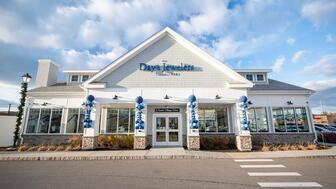
The 111-year-old retailer celebrated the opening of its new location in Salem, New Hampshire, which is its third store in the state.
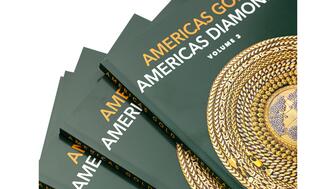
The new catalog features its most popular chains as well as new styles.
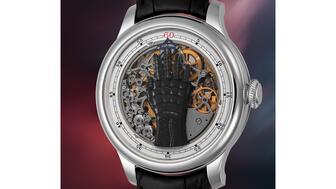
The filmmaker’s personal F.P. Journe “FFC” prototype was the star of Phillips’ recent record-setting watch auction in New York.

The new location in the Design District pays homage to Miami’s Art Deco heritage and its connection to the ocean.
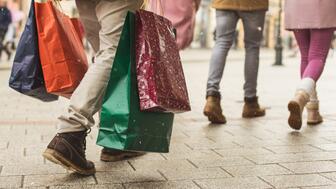
Inflations, tariffs, and politics—including the government shutdown—were among consumers’ top concerns last month.
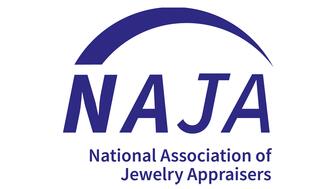
“Longtime favorite” presenters, as well as first-time speakers, will lead talks and workshops at the annual event in Tucson next year.

Silas Smith of Meridian Metalworks won the challenge with his pendant that blends Australian and American landscapes.
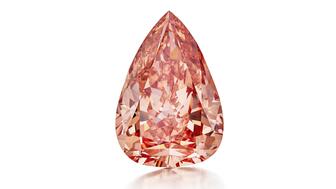
The sale of the 31.68-carat, sunset-hued stone was part of Sotheby’s first series of events and auctions in Abu Dhabi.

